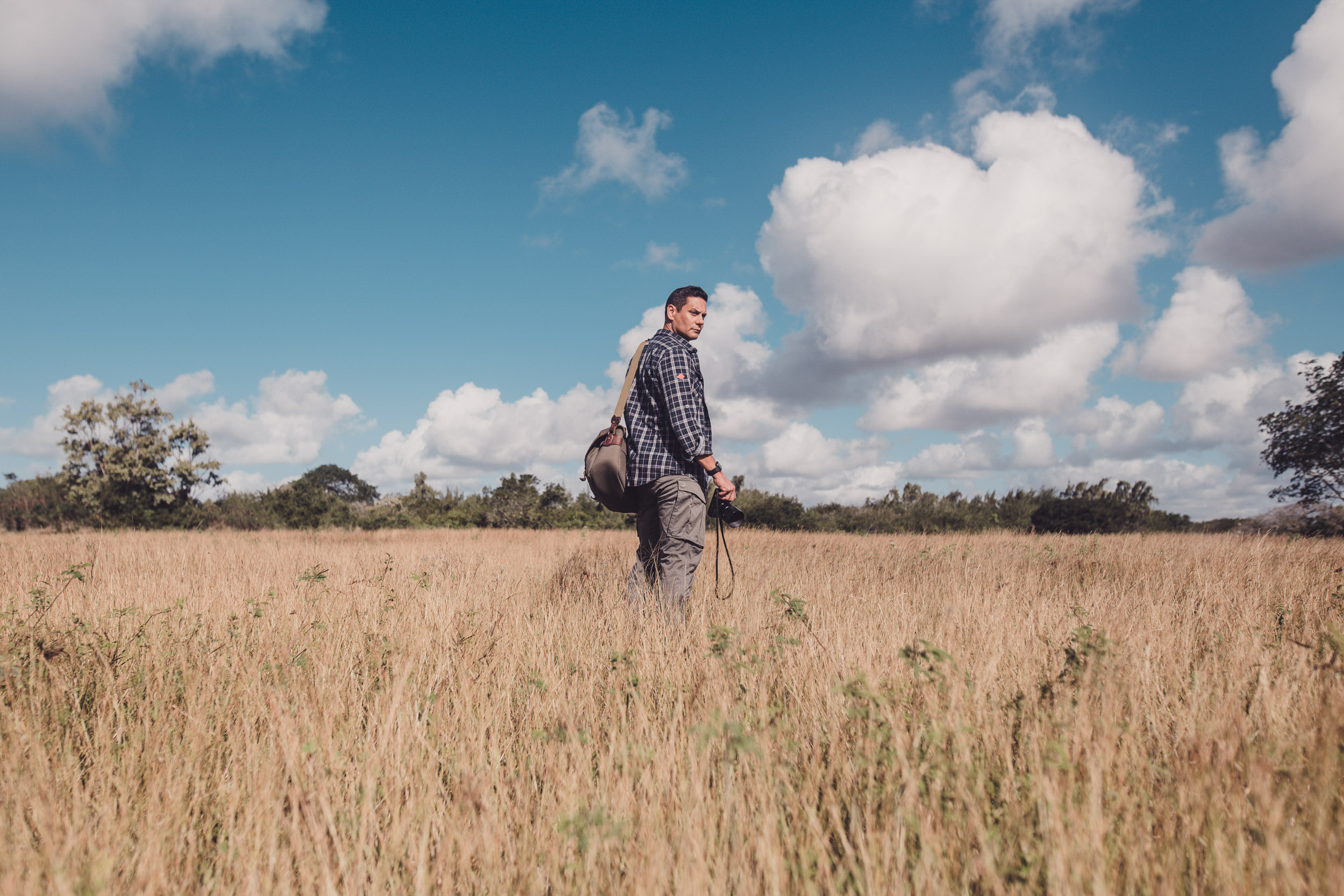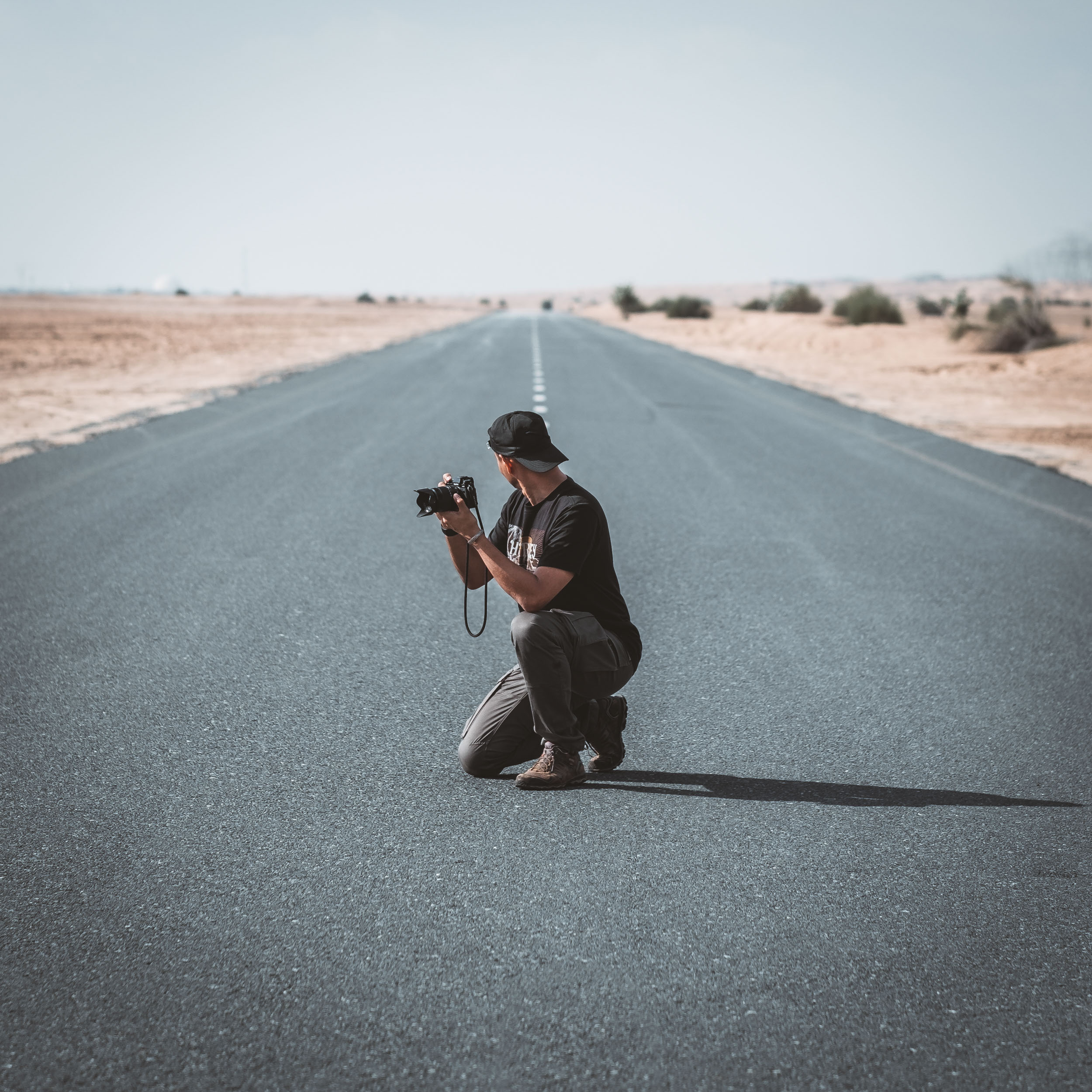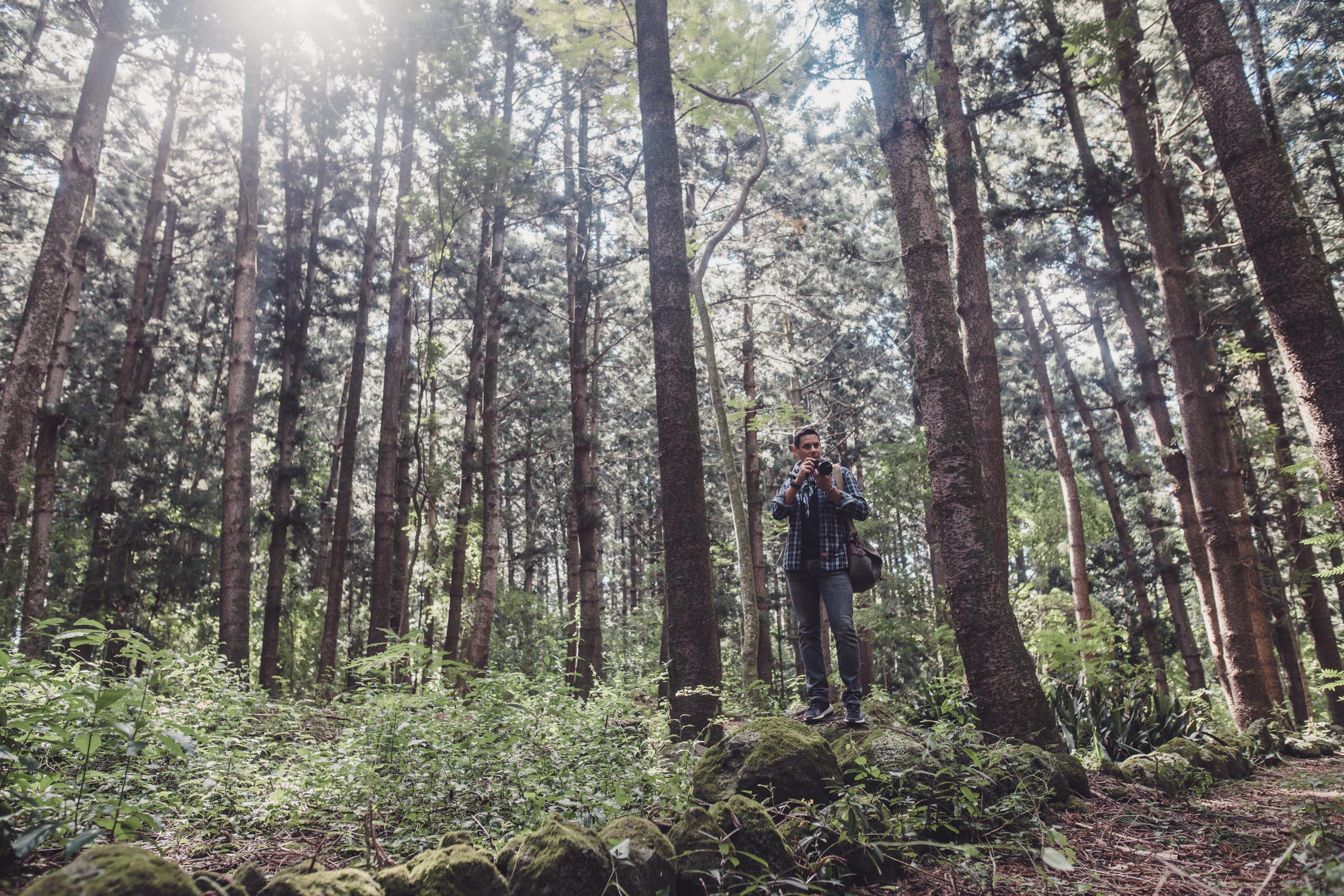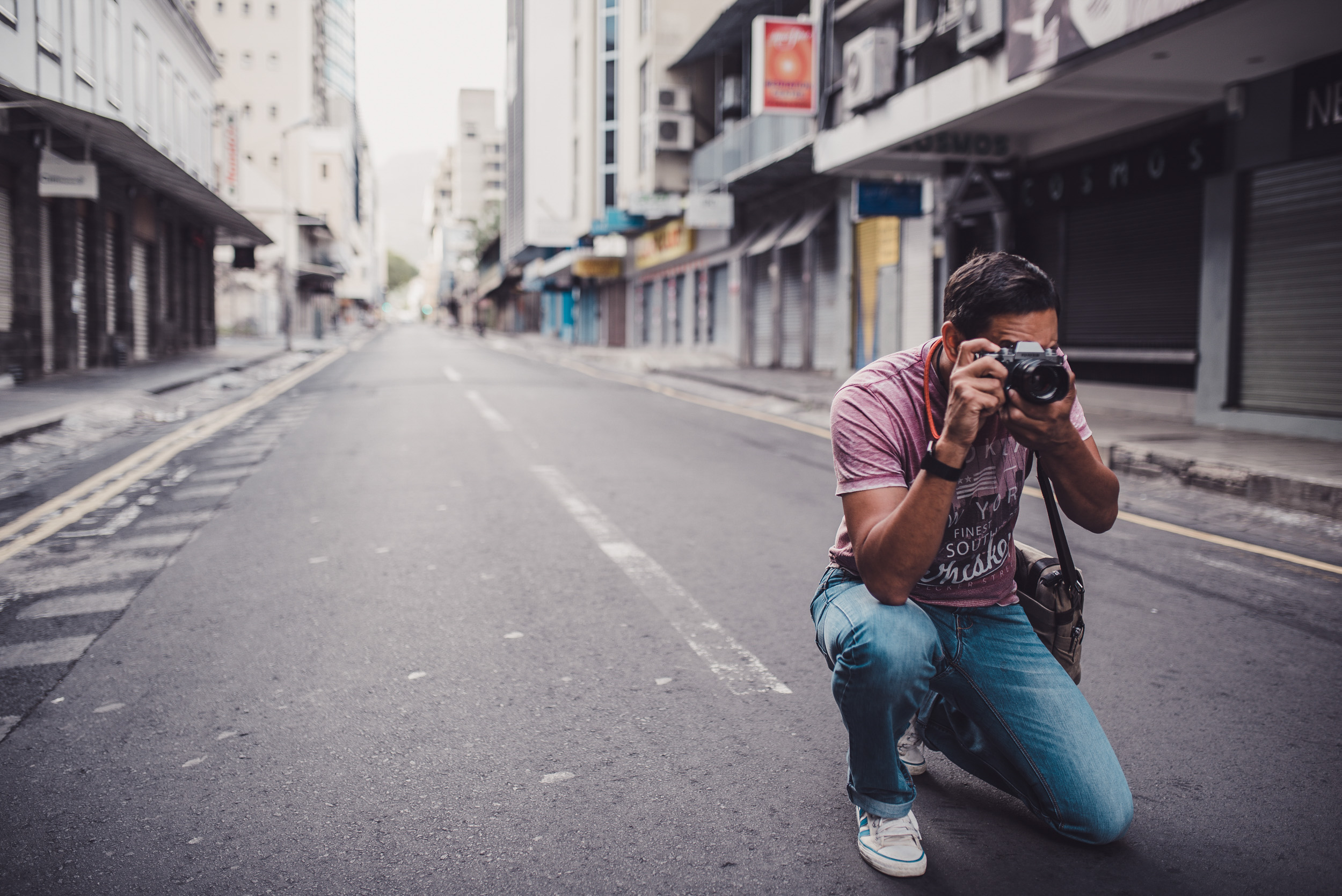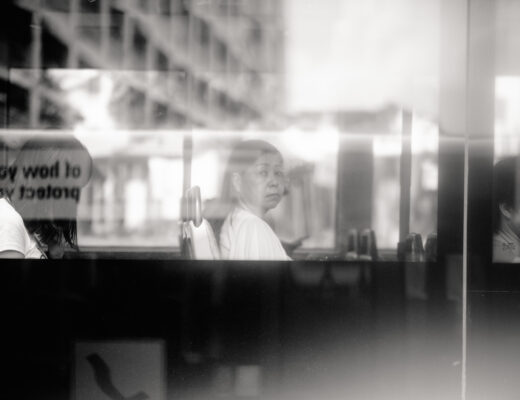Since first becoming an official Fujifilm X-Photographer in 2018, one of the questions I am asked most on social media, aside from which cameras I use, is how I became an X-Photographer (which is a coded way of the questioner asking how they can become an X-Photographer). After repeating the same answer on more than a few occasions, I thought I would write down my experience to share with anyone interested in knowing more about the programme.
Perhaps the best place to start is to explain what the programme is (and is not). Simply put, X-Photographers are brand ambassadors who have been invited by Fujifilm to publicly represent their brand. My role as an X-Photographer is to share my passion for shooting with the X and GFX Series cameras through the work I produce. Without a doubt, the most important trait of every X-Photographer is authenticity. We shoot Fujifilm because we love the cameras and the images they create. I was an enthusiastic advocate of the X Series cameras long before Fujifilm asked me to become an X-Photographer because I enjoyed using their cameras so much. As an X-Photographer, I will appear at Fujifilm events, host online streams, produce behind-the-scenes explanations of my work on social media and generally share how I use my Fujifilm cameras to capture the photographs I create.
What the X-Photographer programme is not is paid employment. I do not work for Fujifilm in any way whatsoever. A common misconception is that X-Photographers receive free gear in exchange for saying nice things about the company, which is absolutely not true; I have paid for every single piece of Fujifilm gear I use. Sure, I get a discount on the stuff I buy, but like every other X-Photographer, I am (literally) putting my money where my mouth is by purchasing all of my equipment, which is probably one of the most important features of the programme. It means that every X-Photographer is an authentic user of the cameras they endorse. Paying my own way also means that as an X-Photographer, I am never beholden to the company. I am free to say anything I want about the company and the cameras. Fujifilm doesn’t tell me what I can or can’t say and have absolutely no influence on the content I produce.
So, if I don’t get paid and I don’t get free gear as an X-Photographer, what exactly do I get out of the programme? The answer is I get to help shape the development of the cameras I love to use. Perhaps more than any other company I have worked with, Fujifilm really listens to its user base. I regularly receive communication from Fujifilm asking for my input on how the cameras perform in the field. They want to know what works well, what could work better and what features they should prioritise. Those discussions often directly lead to features being included in future firmware updates and hardware releases. I love that!
Of course, there are a few other perks. While Fujifilm doesn’t give me equipment to keep, they will lend me equipment should I need it. So, if there is a lens I could do with for a one-off project or maybe a new camera I want to try out, I can usually get hold of a loan unit pretty quickly. Also, being an officially recognised X-Photographer places me in a very select group of some of the world’s top photographers, which helps set me apart in the fierce world of professional photography.
So, how did I become an X-Photographer in the first place? Very simply, Fujifilm asked me. There isn’t a specific path to becoming an X-Photographer; the programme is invitational, meaning the company will reach out directly to photographers they believe will add value to their brand. In my case, Fujifilm South Africa reached out to me after I did a few high-profile projects featuring Fujifilm products. These projects had been showcased on CNN and other media outlets, which led to Fujifilm UK asking me to participate in some promotional activities with them. However, although I am originally from the UK, I am now based on the island of Mauritius in the Indian Ocean, which falls within the territory of South Africa, so the UK team spoke to their South African counterparts who asked me to meet with me. The rest, as they say, is history.
I think my experience perfectly illustrates how Fujifilm operates the X-Photographer programme. After working with the UK team, they took it upon themselves to speak to the SA team and suggest contacting me. Having recognised a photographer who shares the same brand values as Fujifilm, they will go out of their way to bring that photographer into the fold.
All of this leads me to the question most people actually want to ask when questioning me about the programme: how can they become an X-Photographer? My answer is to be good and be active. It is as simple (and challenging) as that. It probably goes without saying that you have to be a top-notch photographer; your work needs to possess certain qualities that help you stand out from the crowd. But that aside, you need to be active within the photography and Fujifilm community. Post about your experiences with your Fujifilm gear on social media, write guest blogs and produce quick and easy behind-the-scenes video tutorials. Become an unofficial ambassador for the cameras you love to use and who knows, maybe you will be asked to become an official one. In my experience, Fujifilm is very proactive in keeping track of its user base and if you are active, you will be noticed. Of course, that doesn’t mean Fujifilm will reach out but it does mean you will be in a better position if they do choose to do so.
The bottom line is becoming an X-Photographer has not made me a better photographer or more successful in my work. That isn’t the purpose of the programme. But what it has brought me is a platform to share my passion for the cameras I love and to influence their development. As a photographer, I am not sure I could ask for more.
So, what about you? Do you share my passion for Fujifilm cameras? What features would you like me to ask for on your behalf?


